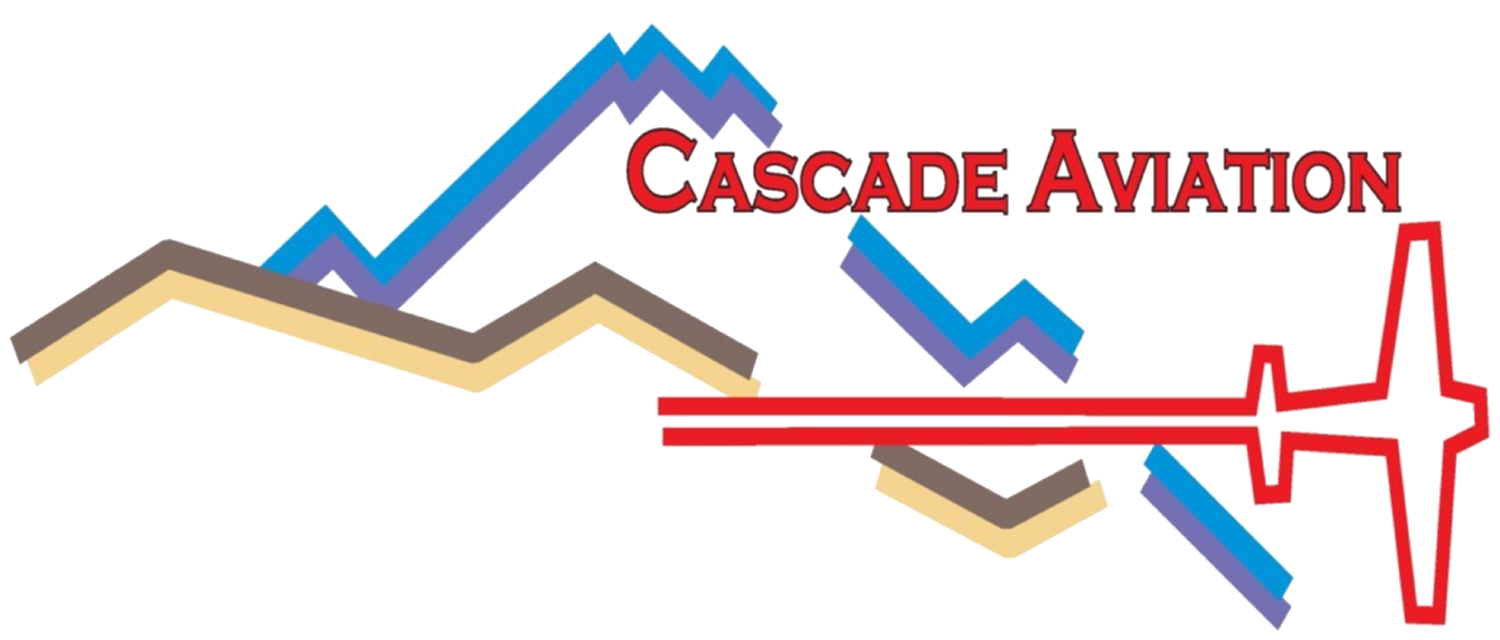
BECOME A PROFESSIONAL PILOT
Unlock the world of professional aviation! Our commercial pilot course will help you on your next step towards flying for the airlines or cargo, working as a corporate jet pilot, becoming a flight instructor, offering scenic tours, helping skydivers, serving as a Designated Pilot Examiner, or even aerial firefighting or crop dusting. The sky’s the limit!
Stage 1: Cross-country procedures
The commercial pilot course begins with a review of cross-country procedures and several dual and solo cross-country flights. Not only do these flights satisfy the requirements of earning the required minimum cross-country hours, but they ensure you are completely proficient in the national airspace system and all the resources it has to offer. You will also become increasingly comfortable with air traffic control, especially outside of the local practice area. Perfect your cross-country navigation and communication skills, and then demonstrate them to another Cascade flight instructor on your stage 1 check flight to complete this segment of the commercial pilot course.
Note: If you are not yet instrument rated Cascade recommends that you complete stage 1 of the commercial pilot training course, then complete the entire instrument training course to earn your instrument rating, and then resume training towards your commercial pilot license with stages 2 and 3 below.
Stage 2: Commercial pilot maneuvers
There are several new maneuvers required to earn your commercial pilot’s license, and stage 2 of the course outline is dedicated to learning and perfecting them. Eights on pylons, accelerated stalls, lazy eights, and chandelles are among the new maneuvers you will learn. You will also review most of the maneuvers you learned in private pilot training, but now you will hone them to tighter margins. Commercial pilot regulations will also be introduced, and you will take a deeper dive into airplane systems, weather theory, emergency procedures, and risk management. Stage 2 concludes with a stage check by another Cascade instructor to ensure you are nearly ready for the checkride.
Stage 3: Commercial training in a complex or technically advanced aircraft
Your commercial pilot training concludes by completing the required flight hours in a technically advanced or complex aircraft and learning about more advanced systems built into them. You will also continue to review commercial pilot regulations, knowledge, and maneuvers, both solo and with an instructor, to ensure you are trained to proficiency. The end-of-course check with another Cascade instructor marks the end of the commercial pilot training course, immediately followed by the checkride with an FAA-authorized Designated Pilot Examiner.




